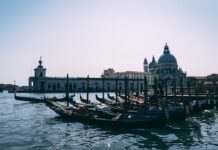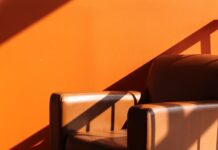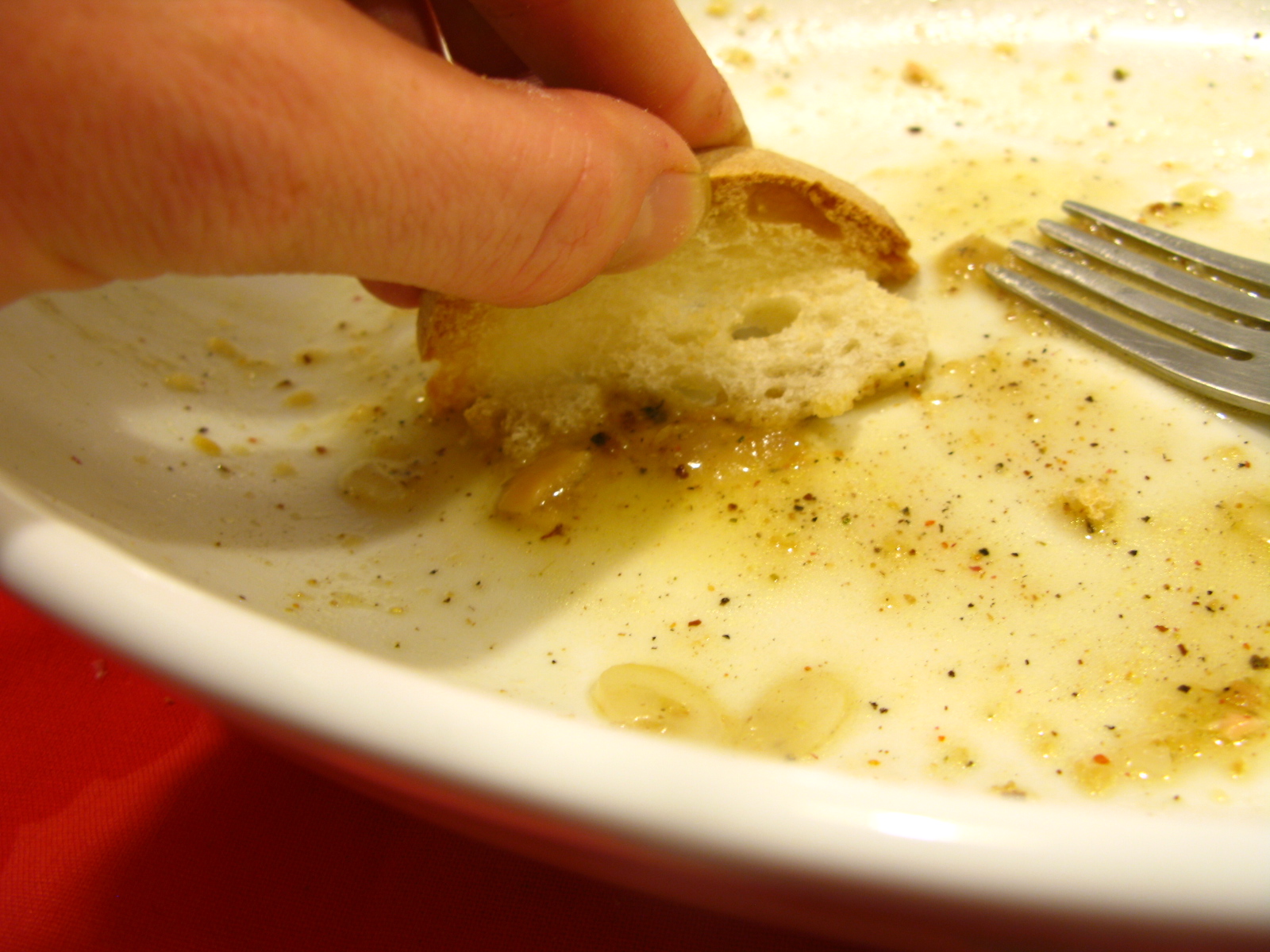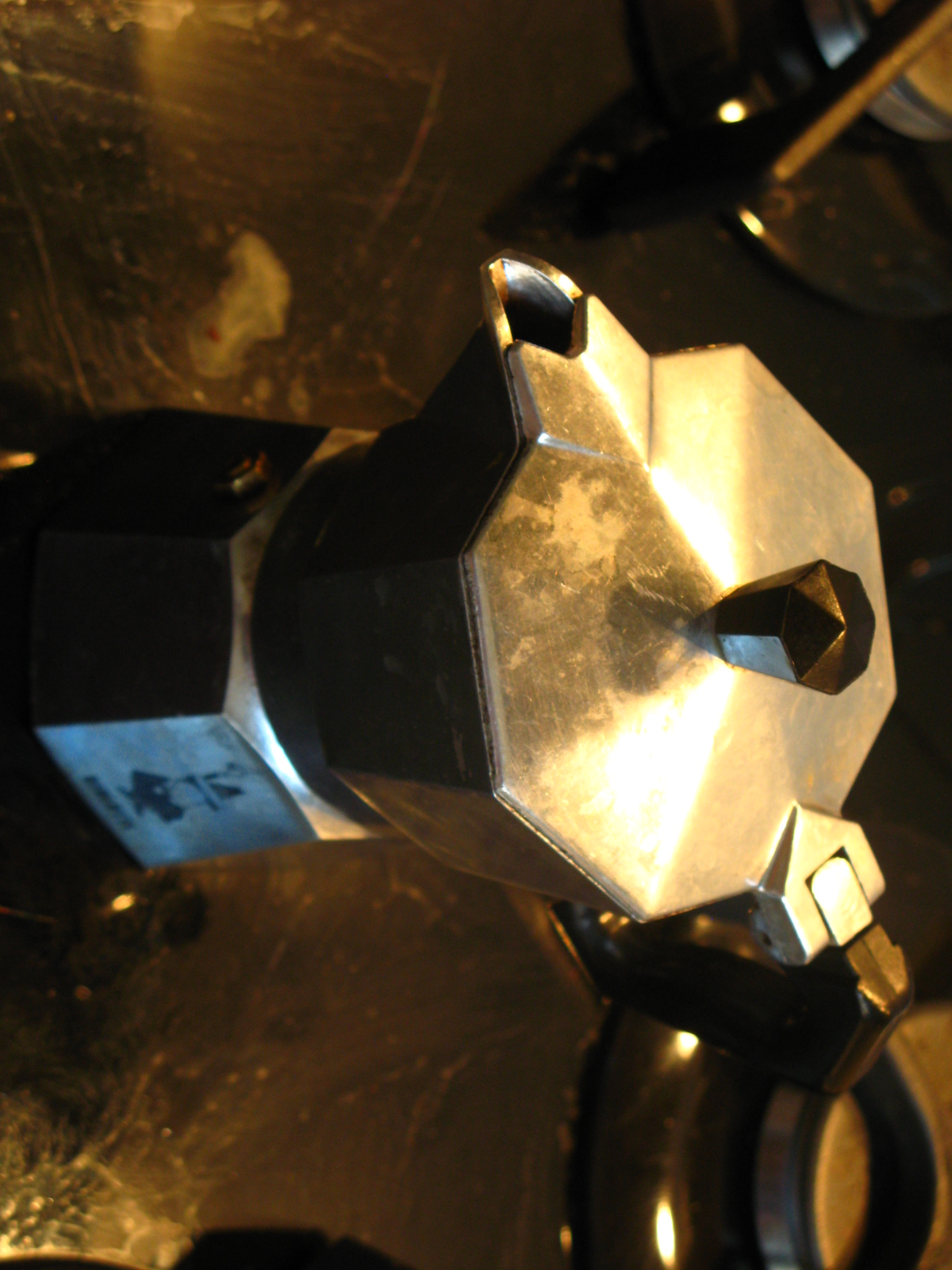We all heard of Leonardo Da Vinci, in one way or another, considered the brightest mind humanity has ever had this year we are celebrating the 500th year anniversary of his death. Because of this, we at StudentsVille are going to go down a whole list of articles that talk about this great mind starting today with an introduction on his life and spanning across a variety of trivia about him as the months go by. Plus with us being founded in Florence we are obliged to show us our respects, so we’ll be focusing in the future on Leonardo Da Vinci paintings, the massive collection of Leonardo Da Vinci Inventions, the masterful Leonardo Da Vinci drawings (that can be considered a whole different thing compared to his paintings), a special article on Leonardo Da Vinci Vitruvian Man, so don’t worry by the time May comes around – that is when the anniversary is, you’ll know so much about Leonardo Da Vinci works that you could call yourself an expert on interesting facts about Leonardo Da Vinci.
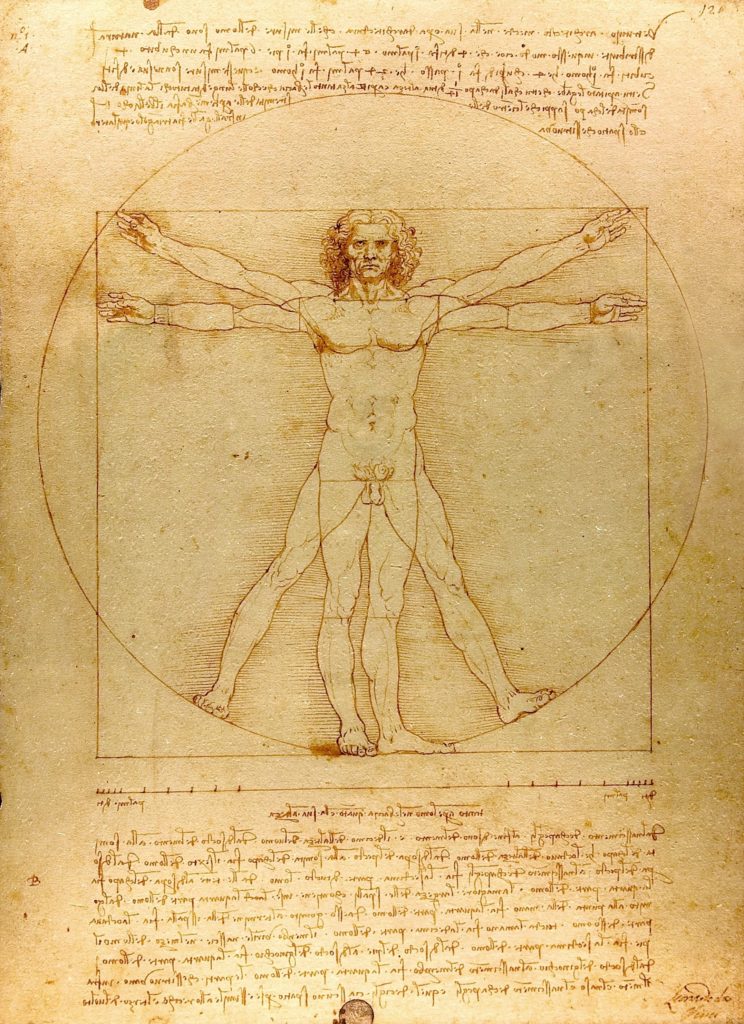
Now let’s see who is Leonardo Da Vinci, by making you a handy Leonardo Da Vinci biography to go back to when in need of some Leonardo Da Vinci facts.
Born in 1452 in the countryside town of Vince, Leonardo di Ser Piero Da Vinci was the son of a nobleman of the area (Ser Piero) and a peasant woman called Caterina. What would most commonly known as a bastard child, Leonardo Da Vinci was the Jon Snow of the Renaissance.
Brought up on as an out-of-wedlock child of a nobleman he received an informal education in Latin, Geometry, and Mathematics, but always had a passion for painting. Giorgio Vasari, a 16th-century artist biographer and artist himself – creator of the Corridoio Vasariano in Florence, tells a story of how Leonardo had his first ever painting sold to the Duke of Milan. We don’t know if the story is true, but we have accounts of Leonardo working for most of his younger life under the tutelage of Ludovico il Moro, Duke of Milan.
As years passed Leonardo found himself studying art under one of the most prominent artists in the era, Andrea Verrocchio. It was known that in the “bottega” of Verrocchio all of the best artists would be attending apprentices or would work with the artist, one of this artist being Botticelli. Legend says that in the first painting that Leonardo helped his master Verrocchio – The Baptism of Christ – his talent in painting the two angels holding Jesus’ robes, made his master put down his brush and never paint again. Again, no one knows if this is true, but hey the kid had something in him.

After his years under Verrocchio, he joined the Guild of Saint Luke, the guild of artists and doctors at the age of 20. It’s from here on out that Leonardo becomes renown all of Europe. He continues working in Florence under Medici tutelage at the Neo-Platonic academy in Piazza San Marco, an academy created by Lorenzo il Magnifico to promote the arts, this place is considered to be the birthplace of the Renaissance. After years working with the Medici, he is sent to Milan, in 1482, to bring a diplomatic gift to Ludovico Sforza, bearing a silver lyre he created. Once there he began to work under the Sforza, where he created his famous Last Supper in the Santa Maria Delle Grazie monastery. He stayed in Milan until 1499 after the overthrowing of the Sforza by French rule and fled to Venice where we started working as a military engineer to help the city create a defense mechanism against invading ships. But his adventure in Venice lasted only a year, and he returned to Florence in 1500 where he began to work on one of his masterpieces The Virgin and Child with Saint Anne and John the Baptist.
Two years after his return to Florence, Da Vinci moves to Cesena where he begins to work as the chief military engineer for Cesare Borgia, son of Pope Alessandro Borgia – yeah those were weird years when it came to the Pope – and the main focus of Nicolò Machiavelli’s The Prince. While under his service he proposed to his benefactor a map of Imola that he created himself, this being a novelty at the time. He became the favorite of Cesare after that.

In 1503, Leonardo turns back to Florence, in which he starts to work on The Battle of Anghiari alongside Michelangelo for the Salone del 500 in Palazzo Vecchio. He later goes back to Milan in 1506, but for very little time because his father dies not much later and he comes back to Florence and then back to Milan in 1508 living near San Babila.
It’s from this point on that Leonardo starts to work with the French, he meets with Pope Leo X and King Francis I of France in Bologna in 1515, and the talents of Leonardo make him the French Kings favorite artist, scientist, and philosopher he has ever encountered. So, he moves to Clos Lucé where he lives his final years and is said to have brought with him the Mona Lisa. That’s why it’s in the Louvre.
So, now you have a recount Leonardo Da Vinci artworks, and you know some of the things of what did Leonardo Da Vinci invent. Now get ready cause at least once a moth you’ll find new info on the greatest artist in history.



